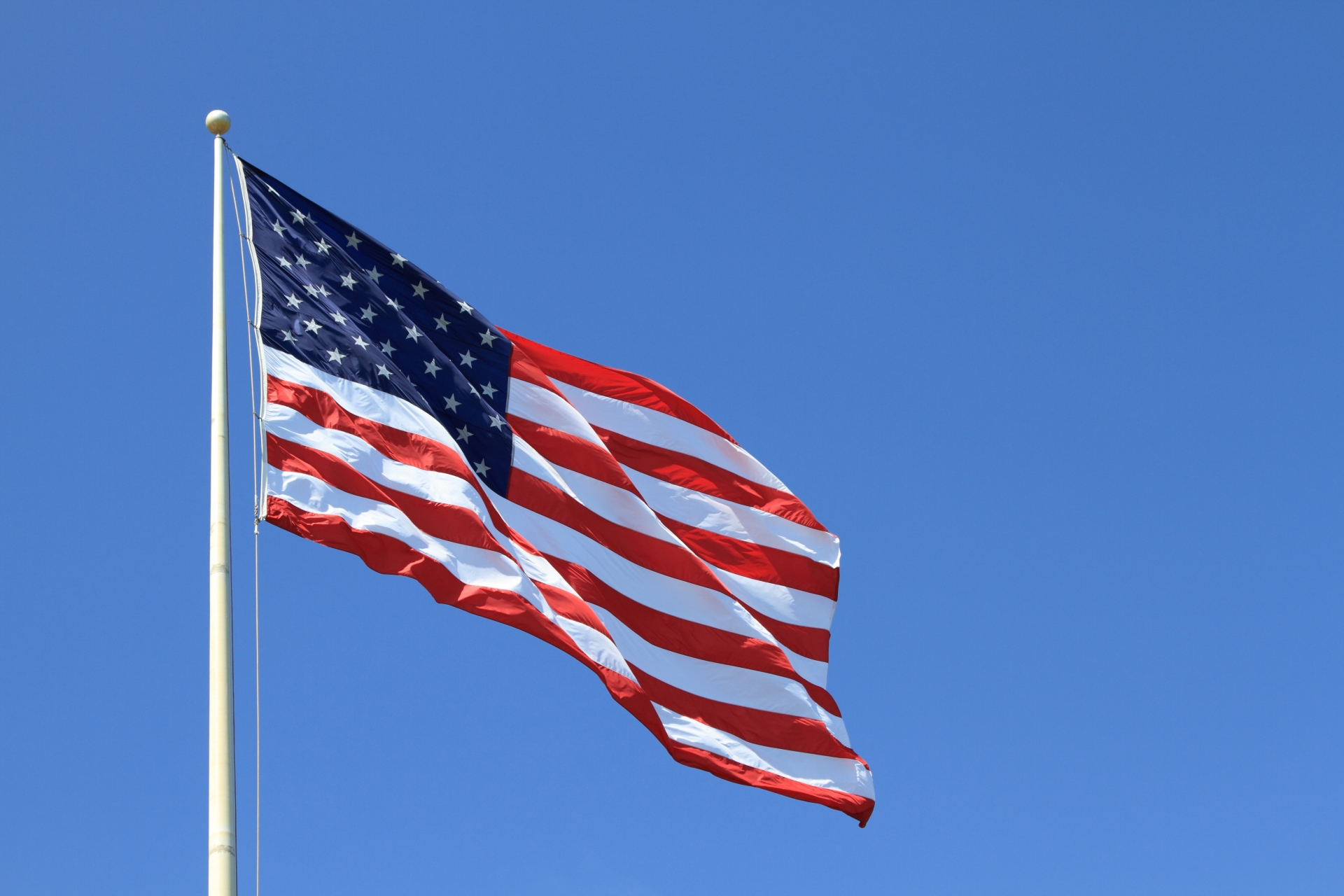Although Alaska, the northernmost state in the U.S., is generally known as a “cold” and “cool” place, some regions can get quite hot during the short summer period. Here, we explain in detail why Alaska gets hot, how people deal with the heat, and where the cooler spots are.
[Reasons Why Alaska Gets Hot]
1. Long summer daylight hours and high solar elevation
- Because Alaska is located at a high latitude, it experiences the phenomenon of “midnight sun” (nearly 24-hour daylight) in summer, meaning the sun stays above the horizon for a very long time.
- As a result, solar radiation continues for long hours, raising daytime temperatures.
- Even in areas near the Arctic Circle, the sun’s elevation angle during summer is relatively high, effectively warming the ground.
2. Dry climate and many sunny days
- Inland areas and parts of southern Alaska have a dry climate (subarctic humid or steppe climate) with many clear, sunny days, which can cause rapid temperature rises.
- When there is little rain or cloud cover, nighttime temperatures do not drop much due to reduced radiative cooling.
3. Topography causing localized high temperatures
- The Valdez Peninsula in southern Alaska and some inland valleys are surrounded by mountains, creating basins or valleys where heat tends to get trapped and temperatures rise.
- In these regions, summer highs can exceed 30°C (86°F).
[Heat Countermeasures in Alaska]
1. Sunlight control (shading and ventilation)
- Homes in Alaska often use thick curtains or blinds to block intense summer sunlight.
- Because the prolonged brightness can disrupt sleep rhythms, blackout curtains are essential.
2. Using natural coolness
- Air conditioning is not widespread, so residents usually rely on cooler times after sunset for comfort.
- Opening windows for ventilation and spending time near lakes or rivers to enjoy natural cool air are common practices.
3. Hydration and heat stroke prevention
- Even though the hot period is short, the risk of heat stroke is not zero.
- Especially children and elderly people need to take care to hydrate frequently.
[Cool Spots in Alaska]
Alaska is vast and most regions are cool or cold year-round. Below is a comparison of areas that are particularly cool/cold and those that tend to get hot in summer.
1. Regions cool or cold year-round
- Arctic Circle area (Barrow, Prudhoe Bay, etc.)
- Summer highs stay around 10–15°C (50–59°F), very cool.
- Characterized by long winters and short summers.
- Alaska Range and Bristol Bay area
- Cooler climate in highlands and coastal zones.
2. Regions prone to summer heat
- Inland Fairbanks
- Summer highs can reach around 30°C (86°F), making it one of the hottest spots in Alaska’s interior.
- Nights also tend to remain relatively warm.
- Southern cities (Anchorage, Juneau)
- Coastal climate keeps temperatures cooler but sunny days can exceed 25°C (77°F).
[Summary]
| Item | Details |
|---|---|
| Cause of heat | Long daylight hours, dry sunny weather, varied terrain causing heat trapping |
| Main countermeasures | Blackout curtains, opening windows for ventilation, hydration, using natural cool air |
| Cool areas | Arctic Circle region, highlands, coastal cool zones |
| Hot areas | Inland Fairbanks, southern cities like Anchorage |
[Additional notes]
- Alaska is generally more concerned with cold than heat, but the short summer heat can surprisingly affect the body.
- When visiting or relocating, it’s important to prepare for day-night temperature differences and extended daylight hours in summer.



コメント